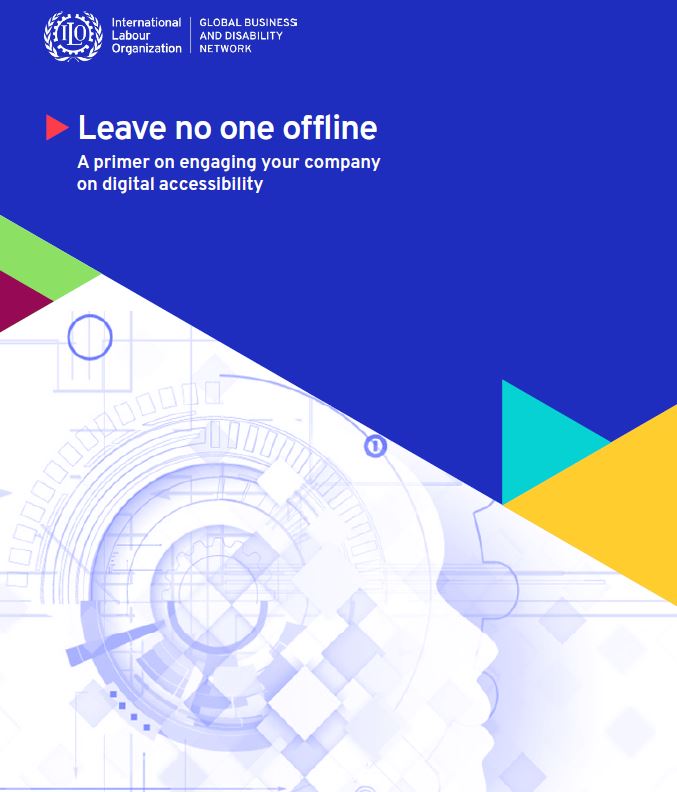Digital accessibility
Digital accessibility is a key concept in creating more diverse and inclusive companies. The business case for digital accessibility – both in terms of attracting more diverse talent, including employees with disabilities, and increasing the base of disabled customers – is increasingly recognized by companies worldwide.
Digital accessibility, not as a compliance measure, but as a “human-first” based digital inclusion transformation initiative, is at the beginning of its journey. If companies can establish digital accessibility as a foundational pillar to their overall digital transformation strategy and engage employees with disabilities at the product and service and workplace design phase, then we can begin to move digital impact measurement of digital accessibility away from compliance and over to innovation and business differentiation.

Companies increasingly recognise the benefits of accessibility, including physical and digital, as part of their efforts to create more inclusive workplaces in which all employees can thrive. Five multinational enterprise members of the ILO Global Business and Disability Network – Accenture, Atos, GSK, Repsol and Standard Chartered Bank – presented their latest key accessibility practices and policies.
Frances West, Founder of FrancesWestCo and main author of the ILO Global Business and Disability Network’s publication “Leave no one offline: A primer on engaging your company on digital accessibility” presented the key insights and recommendations covered by this publication. Steve Framil, Founder & Associate Director Enterprise Digital Governance at Merck/MSD, presented the company’s journey on digital accessibility so far, success stories, current plans and the challenges that remain. Yves Veulliet, Global Diverse Abilities Inclusion Leader at IBM, moderated the session.
Accessibility of Online Job Application and Recruitment Systems is an ITU-ILO project that intends to create awareness on the solutions and tools available to remove accessibility barriers and create equal opportunities for inclusive talent attraction and retention by exposing the accessibility barriers in e-recruitment that prevent qualified applicants, including persons with disabilities, to connect with job opportunities. The project launched a guidebook and an e-learning course on the topic.
The technological revolution is remarkably transforming society. From the way we communicate, socialize, shop to the way we learn and work. These changes, which have been accentuated by the COVID-19 pandemic, deeply impact the world of work. With opportunities also come challenges like the imperative to leave no one behind in the digitalization process, including the more than one billion persons with disabilities across the globe.
These guidelines cover a wide variety of recommendations for making web content more accessible. Following these guidelines will make content accessible to people with a range of disabilities, including blindness and low vision, deafness and hearing loss, learning disabilities, cognitive limitations, limited movement, speech disabilities, photosensitivity and combinations of these. Following these guidelines will also often make your web content more user-friendly in general.